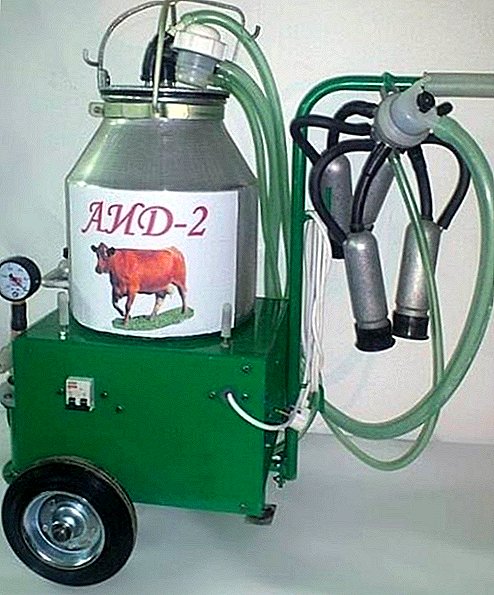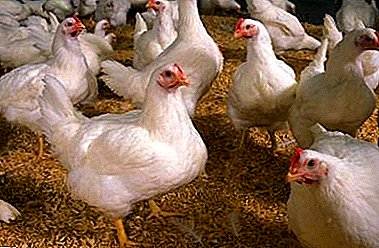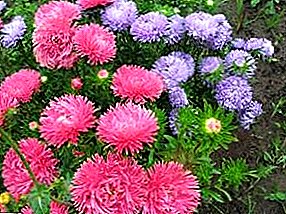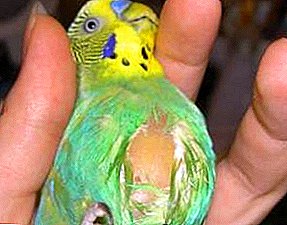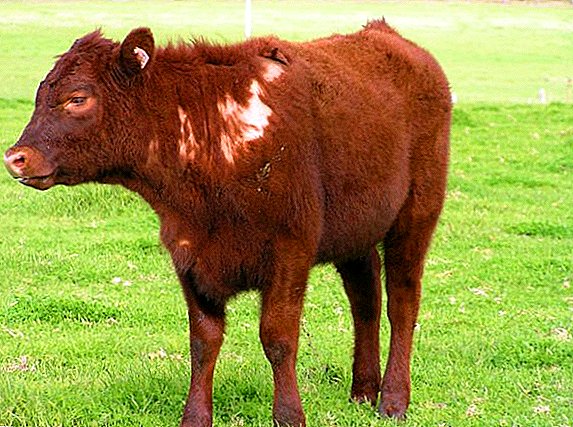 Skin diseases are characteristic not only of dogs and cats, but also of cattle. One of the most common problems is ringworm, which not only spoils the appearance of animals, but also affects their productivity. Read what it is, how it is transmitted, what symptoms are characteristic of it, and learn about effective prevention.
Skin diseases are characteristic not only of dogs and cats, but also of cattle. One of the most common problems is ringworm, which not only spoils the appearance of animals, but also affects their productivity. Read what it is, how it is transmitted, what symptoms are characteristic of it, and learn about effective prevention.
Pathogen, sources and routes of infection
Trichophytosis or ringworm is an infectious disease that is caused by a fungus. Pathogenic microorganisms affect domestic and wild animals, as well as humans. It should be understood that there are many types of ringworm, so the disease can not be identified with a specific fungus.  In order to become infected with a lichen, it is necessary that a fungus gets on the skin or mucous membranes of a cow or calf, while potential carriers are cats, dogs, mice, rats, and fur animals (hares and rabbits). In addition to direct contact with the carrier, cattle may come into contact with microscopic skin scales, on which resilient fungal mycelium or spores are located. At the same time the smallest particle is sufficient for infection.
In order to become infected with a lichen, it is necessary that a fungus gets on the skin or mucous membranes of a cow or calf, while potential carriers are cats, dogs, mice, rats, and fur animals (hares and rabbits). In addition to direct contact with the carrier, cattle may come into contact with microscopic skin scales, on which resilient fungal mycelium or spores are located. At the same time the smallest particle is sufficient for infection.
An animal may contract lichen under these conditions:
- contact with the fungal carrier;
- contaminated feed;
- soil on which there is a fungus or its spores;
- keeping in the contaminated room;
- use of instruments that have not been disinfected.
Important! Most often trichophytosis is diagnosed in calves aged 3-11 months.
How does a cow look like and in which areas
Ringworm, regardless of the type or carrier, is characterized by symptoms typical for this skin disease, so if you have previously encountered a similar problem, then there will be no difficulty in diagnosing.
Symptoms:
- the formation of oval areas with flaky skin;
- inflammation of the localization of the fungus, the appearance of ulcers;
- broken hairs at a height of 3-5 mm;
- severe itching;
- a light gray crust forms on the affected areas.
Did you know? Cows have their own language or its likeness. As a result of research, zoologists have identified 11 different voice intonations that help animals convey the necessary information.
Diagnostics
To make an accurate diagnosis, as well as determine the type of pathogenic microorganisms that caused the disease, can only an experienced veterinarian. At home, you will not determine the strain of the fungus in any way, so treatment may be ineffective. After treatment, the doctor examines a cow or calf in order to determine the presence of trichophytia by external signs.  Next, a specialist takes on the analysis of hair from the affected area or skin particles / peel. After that, the fungus is either examined under a microscope, or grown on a special basis in order to obtain a viable culture, and then state its affiliation to a particular variety.
Next, a specialist takes on the analysis of hair from the affected area or skin particles / peel. After that, the fungus is either examined under a microscope, or grown on a special basis in order to obtain a viable culture, and then state its affiliation to a particular variety.
Laboratory tests are necessary in order to distinguish the versicolor from scabies. When examined under a microscope on a skin flake, a scabies mite is noticeable, which has relatively large dimensions and also moves on the surface. And the fungus looks like a large spawn spawn that covers the material in question.
Important! In animals that have been ill, a stable immunity is formed, which significantly reduces the risk of reinfection.
How to treat lichen in cows and calves
Various traditional preparations and folk remedies are used to destroy the pathogen. The presence of a large number of medicines due to the fact that one strain can respond to the drug, and the other will be immune.
Disinfection room
Every 10 days it is necessary to disinfect the room, tools, as well as any other objects with which the sick animal contacts. 
The following disinfectants are used:
- 4% aqueous solution of sodium hydroxide;
- 4% solution of Parasoda or Fospara;
- aqueous solution with 2% formaldehyde and 1% sodium hydroxide.
Read also about how to buy the "right" cow, how to milk it and how to feed it.
Vaccination
It is unprofitable and problematic to use ointments in farms with large numbers of livestock, therefore, sick and healthy livestock are vaccinated with vaccine. For these purposes, the following drugs are used:
- TF-130;
- TF-130K;
- LTP-130.
- calves up to 4 months - 10 ml;
- from 4 to 8 months - 15 ml;
- older than 8 months and adult animals - 20 ml.
 Only a veterinarian should inject drugs, as improper administration or incorrect dosage can cause a serious deterioration in the condition of the entire population.
Only a veterinarian should inject drugs, as improper administration or incorrect dosage can cause a serious deterioration in the condition of the entire population.Important! Triple vaccination is carried out on individuals diagnosed with a severe form of the disease.
Antifungal drugs and keratolytic drugs
Antifungal drugs are used to destroy the root cause, and keratolytic drugs relieve inflammation and accelerate the regeneration of damaged tissues.
The main diseases of cows - learn how to treat them.
Antifungal ointments for external use:
- Fungin;
- Zoicol;
- Yam Fungibak;
- other drugs based on clotrimazole or terbinafine.
Keratolytic agents:
- 10% iodine solution;
- 20% solution of blue vitriol;
- 20% tar ointment.
 Ointments are used in conjunction with keratolytic drugs to shorten the period of therapy. In the morning, the affected areas are treated with ointment, and in the evening they use an anti-inflammatory composition.
Ointments are used in conjunction with keratolytic drugs to shorten the period of therapy. In the morning, the affected areas are treated with ointment, and in the evening they use an anti-inflammatory composition.Prevention
Preventive measures to prevent infection trichophytia, are in the following measures:
- Compliance with veterinary and sanitary rules.
- Limiting contact of cattle with domestic and wild animals, including rodents.
- Formation of a full diet.
- Planning and carrying out disinfection and disinsection.
- Preventive vaccination of young animals.
Did you know? Cattle do not distinguish the red color, as well as its shades. The red cloth, which matadors provoke the bull during a bullfight, seems to the animal light or dark gray. The bull responds to sudden movements, not color.After determining the strain of the fungus and diagnosis, the treatment is quick and, for the most part, without complications. Recovery is faster if the livestock is provided with high-quality food with the necessary vitamins and minerals. With the preliminary vaccination of the herd, the risk of the onset of lichen decreases to 5% even with direct contact with the carrier. Vaccinated animals are protected from the pathogen for 1 year.





